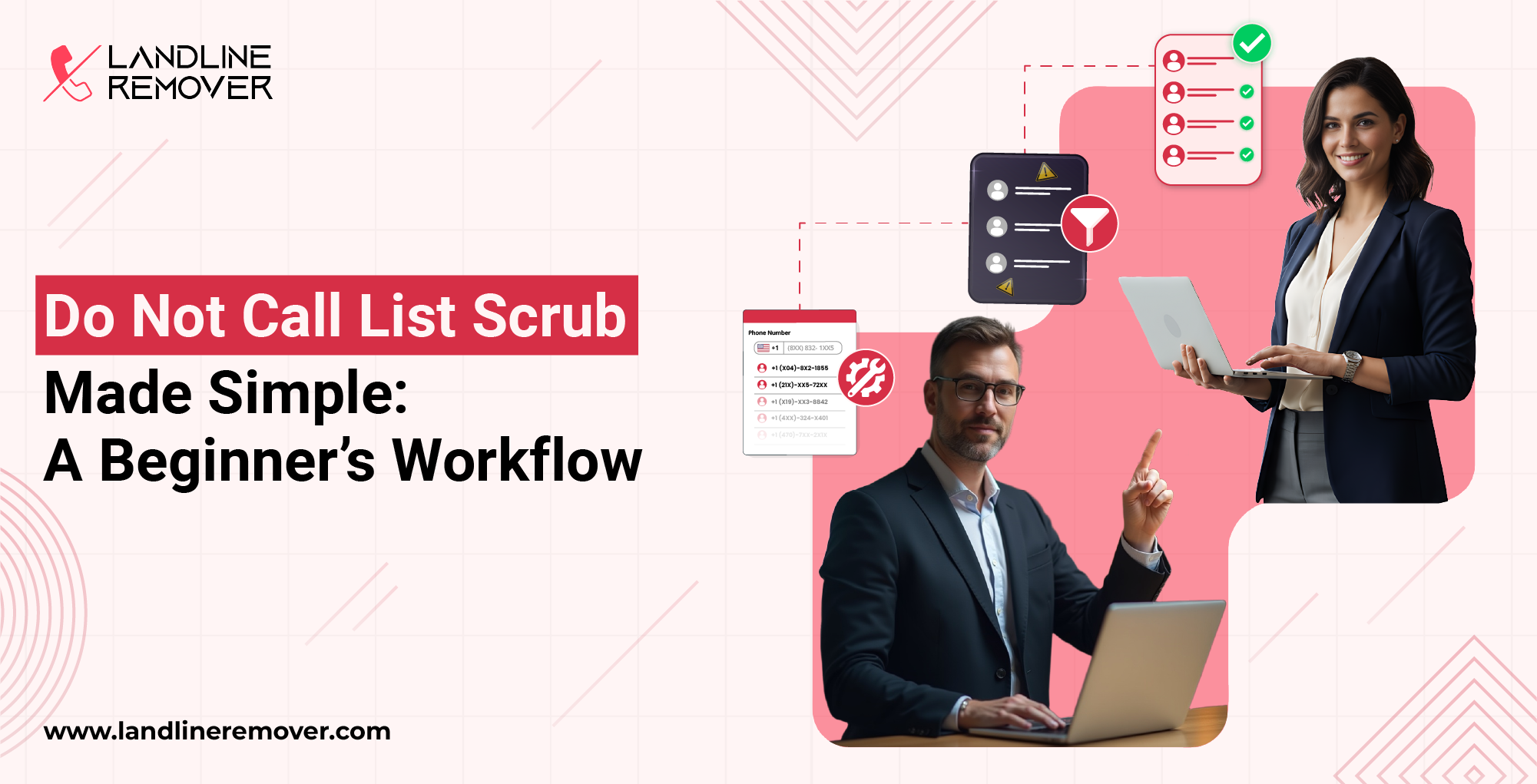Have you ever considered how companies prevent calling customers who are not interested? Companies use DNC scrubbing, a necessary method that protects them by eliminating phone numbers on the Federal Do Not Call registry. If you’re a business owner or sales/marketing person, you must use the DNC scrubber tool to comply with federal laws and state regulations to maintain marketing compliance. By doing so, your telemarketing campaigns never hit a wall because numbers were disconnected, and you don’t have to face customers’ anger because you called them. Remember that one wrong call can lead you to fines, bad reviews, and adversely affect your brand image. That’s why a Do Not Call list scrub has become a must-have step for each sales team, marketing department, and every call center.
In this blog, we will make DNC scrubbing simple by discussing what a DNC scrubber is, why DNC scrubbing is essential, and how it can help your company to stay compliant. Therefore, whether you’re new to compliance or want to implement a more effective process, you will get a clear, step-by-step workflow that you can start today.
Let’s first start with understanding what the Do Not Call List Scrub is.
What is a Do Not Call List Scrub?
A Do Not Call list scrub (DNC scrubbing) is the process of eliminating phone numbers from your telemarketing list that are registered on the National Do Not Call registry. It is the crucial process that companies should do to avoid accidentally contacting individuals who have registered on local, national, and company-specific DNC lists. If you do not follow these compliance rules, your company will be subject to a substantial fine. The primary goal of DNC scrubbing is to remove or flag numbers that you are legally prohibited from contacting.
You can think of it as a filter that you can use to filter out contacts from your list who don’t want to be called. When you use a reliable DNC scrubber tool like Landline Remover, it automatically performs this task for you. It saves you time and avoids risk.




